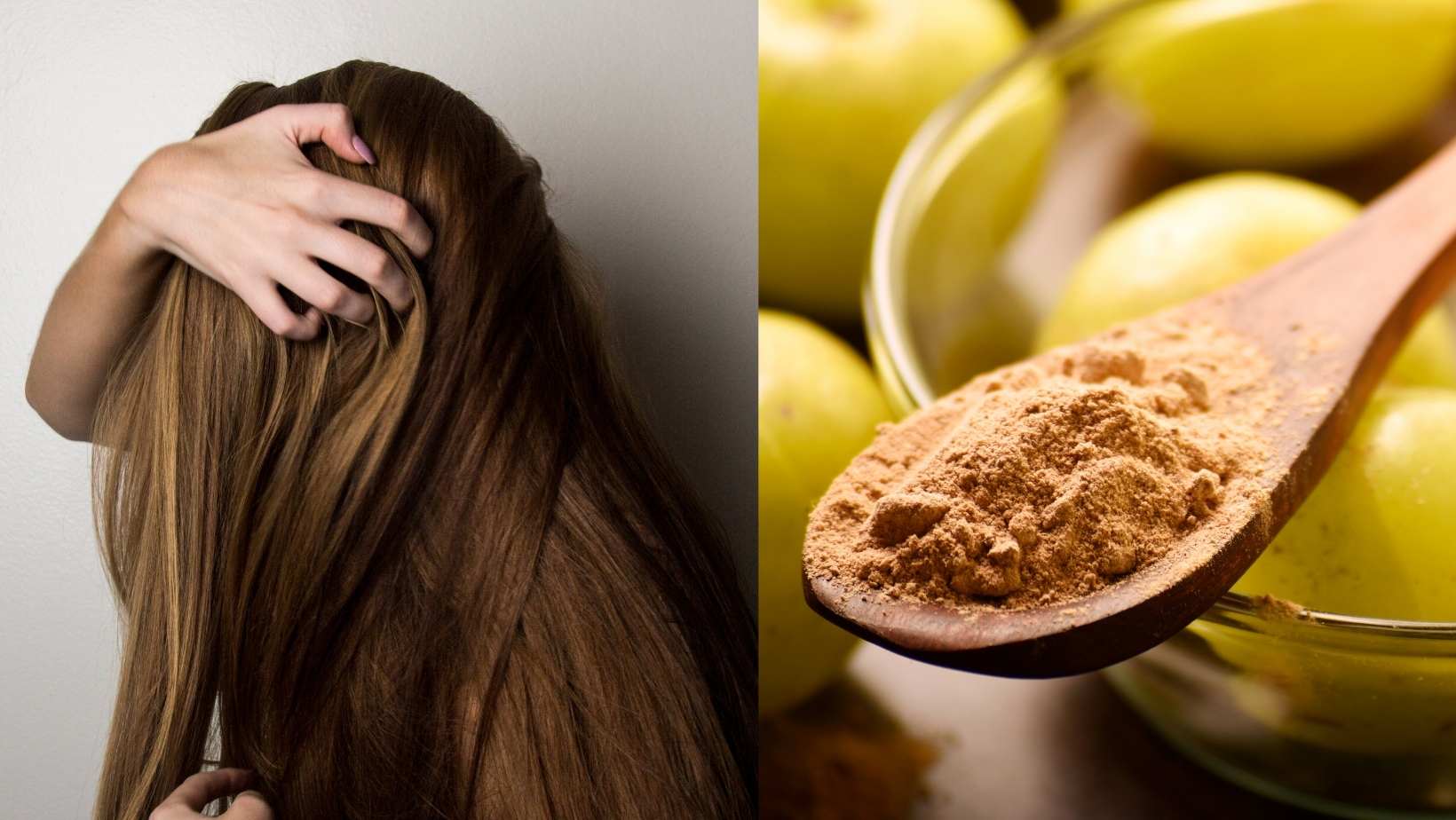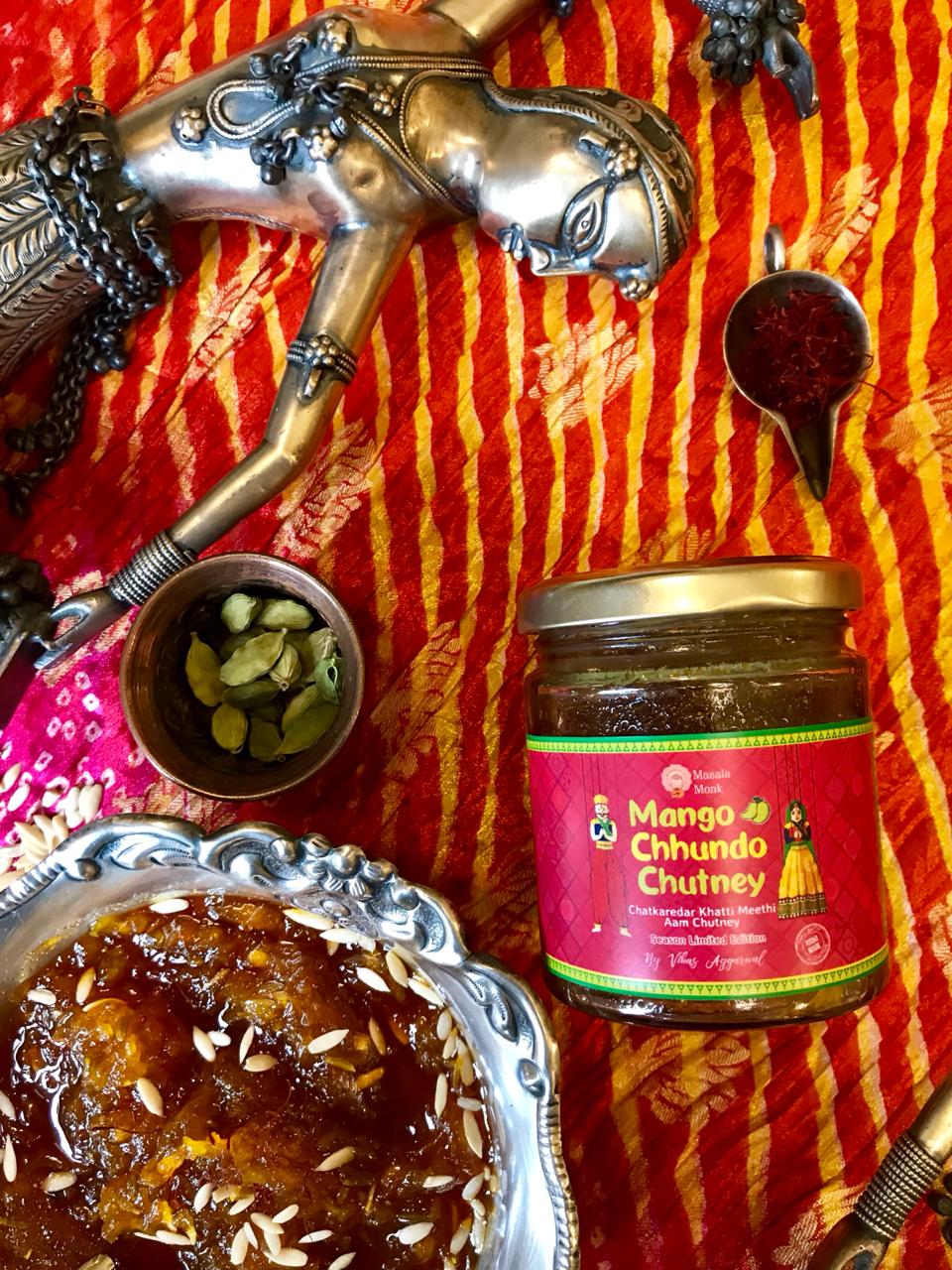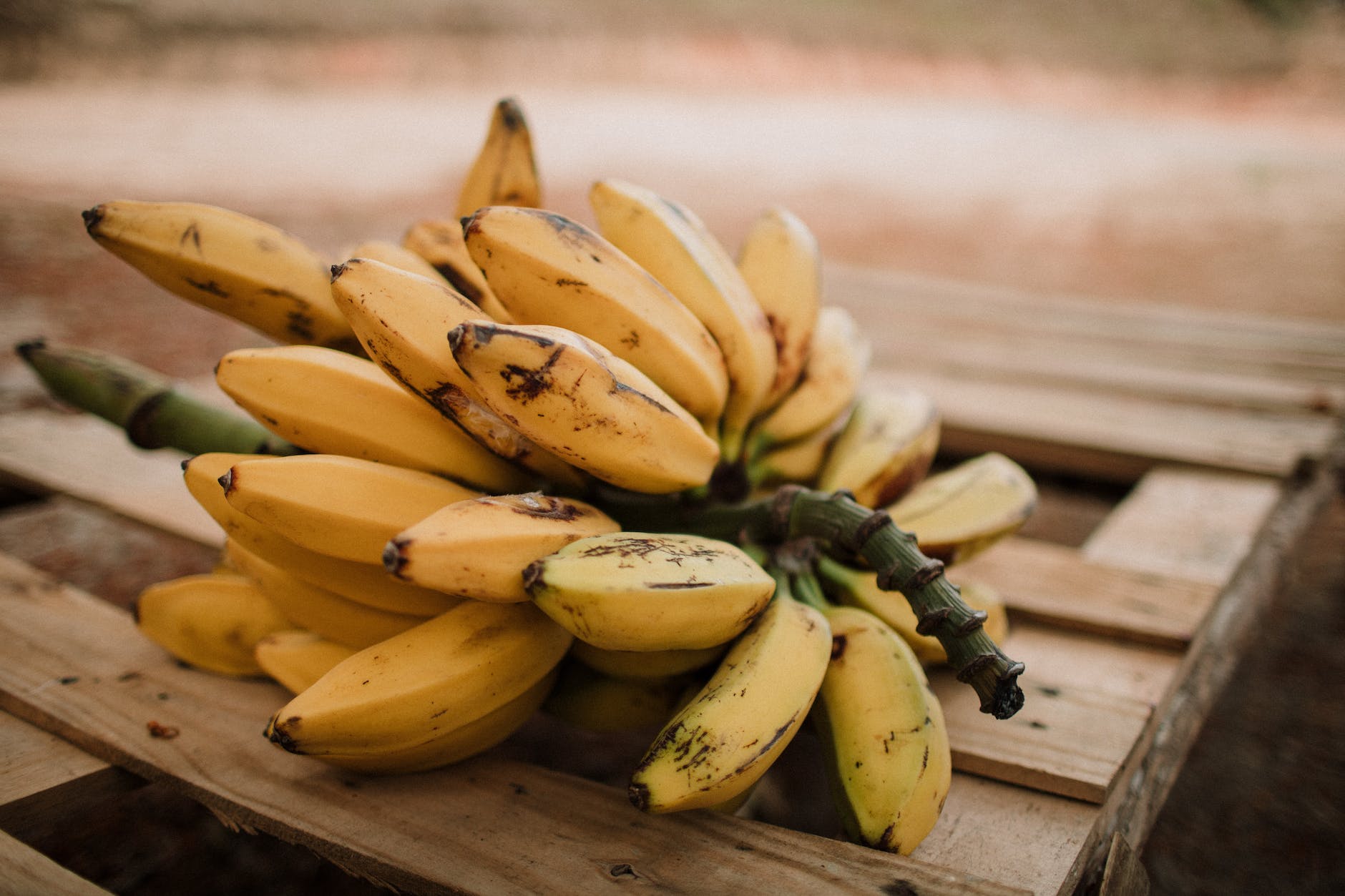
Mangoes and Diabetes: A Comprehensive Guide to Myths and Facts
Mangoes, often referred to as the “king of fruits,” are a tropical delight enjoyed by millions worldwide. Their sweet, aromatic flesh and rich nutrient profile make them a favorite among fruit enthusiasts. However, for those with diabetes, the relationship with mangoes can be a bit complicated due to prevailing myths and misconceptions. Let’s embark on a detailed exploration of mangoes in the context of diabetes.
1. The Mango Pickle Conundrum:
In-depth Analysis: Mango pickle, a spicy condiment made from raw mangoes, spices, and oil, is a staple in many Asian cuisines. The primary concern for diabetics is the salt and oil content, which can impact blood pressure and cholesterol. While mangoes themselves are nutritious, the preservation process can alter their nutritional value. It’s essential to consume pickles in moderation and be aware of the other ingredients that might affect blood sugar and overall health.
2. Nutritional Profile of Mangoes:
In-depth Analysis: Mangoes are a rich source of vitamins A, C, and E, dietary fiber, and antioxidants. They also contain natural sugars like fructose and glucose. For diabetics, understanding the carbohydrate content is crucial. A medium-sized mango contains approximately 45 grams of carbohydrates, which can influence blood sugar levels.
3. Glycemic Index (GI) and Its Importance:
In-depth Analysis: The GI measures how quickly a food can raise blood sugar levels. Foods with a high GI can cause rapid spikes, while those with a low GI provide a slower, more sustained energy release. Mangoes have a medium GI, which means they can be consumed by diabetics but in controlled portions. Pairing mangoes with low-GI foods can also help balance the blood sugar response.
4. Raw vs. Ripe Mangoes:
In-depth Analysis: Raw mangoes are tangy and less sweet compared to their ripe counterparts. They have a lower sugar content, making them a preferable choice for diabetics. Raw mangoes can be consumed in salads, pickles, or even as a refreshing drink.
5. Mango Skin: An Overlooked Aspect:
In-depth Analysis: While most people discard the skin, mango skin is packed with nutrients and fiber. However, it’s essential to wash the skin thoroughly to remove any pesticides. Some individuals might experience allergies due to compounds present in the skin, so it’s crucial to be cautious.
6. Mangoes in Diabetic Diet Plans:
In-depth Analysis: Incorporating mangoes into a diabetic diet requires planning. It’s not just about the fruit but also the time of consumption, what it’s paired with, and the individual’s blood sugar levels. For instance, consuming mangoes post a workout can be beneficial due to the natural sugars aiding in replenishing glycogen stores.
7. Mango-Based Beverages:
In-depth Analysis: Mango shakes, smoothies, and juices are popular worldwide. However, these beverages can sometimes be laden with added sugars, especially commercial variants. For diabetics, homemade mango beverages without added sugars, combined with seeds, nuts, or oats, can be a healthier choice.
8. Mangoes and Blood Sugar Monitoring:
In-depth Analysis: Regular blood sugar monitoring is vital for diabetics, especially after consuming foods like mangoes. It provides insights into how the body reacts and helps in making informed dietary decisions in the future.
9. Alternative Ways to Enjoy Mangoes:
In-depth Analysis: Mangoes can be incorporated into various dishes. From mango salsa, mango chutney, to mango-infused water, there are numerous ways to enjoy the fruit without overindulging.
10. The Bottom Line:
In-depth Analysis: Mangoes, when consumed mindfully, can be a part of a balanced diabetic diet. Understanding individual responses, portion sizes, and preparation methods is the key to enjoying this tropical delight without compromising health.
Frequently Asked Questions (FAQs):
- How often can diabetics consume mangoes?
- It varies based on individual blood sugar responses. However, moderation is key. It’s advisable to consult with a nutritionist or healthcare provider.
- Are there specific mango varieties that are better for diabetics?
- All mango varieties have similar nutritional profiles. However, the sweetness level might vary, so it’s essential to be aware and adjust portions accordingly.
- What are the best ways to include mangoes in a diabetic diet?
- Mangoes can be added to salads, smoothies, or consumed as a mid-morning snack. Pairing them with protein-rich foods can also help stabilize blood sugar levels.
- How do mangoes compare to other tropical fruits for diabetics?
- Like other fruits, mangoes contain natural sugars. It’s essential to balance fruit intake and be aware of the overall carbohydrate consumption throughout the day.
- Can mango leaves help in diabetes management?
- Some studies suggest that mango leaves might have potential benefits for diabetes management due to their ability to improve insulin production and glucose distribution. However, more research is needed in this area.
Blog Tags:
Mango and Diabetes, Glycemic Index, Mango Nutrition, Mango Pickle and Diabetes, Raw Mango Benefits, Ripe Mango and Blood Sugar, Mango Skin Benefits, Mango Beverages for Diabetics, Mango in Diabetic Diet, Mango Myths Debunked.













